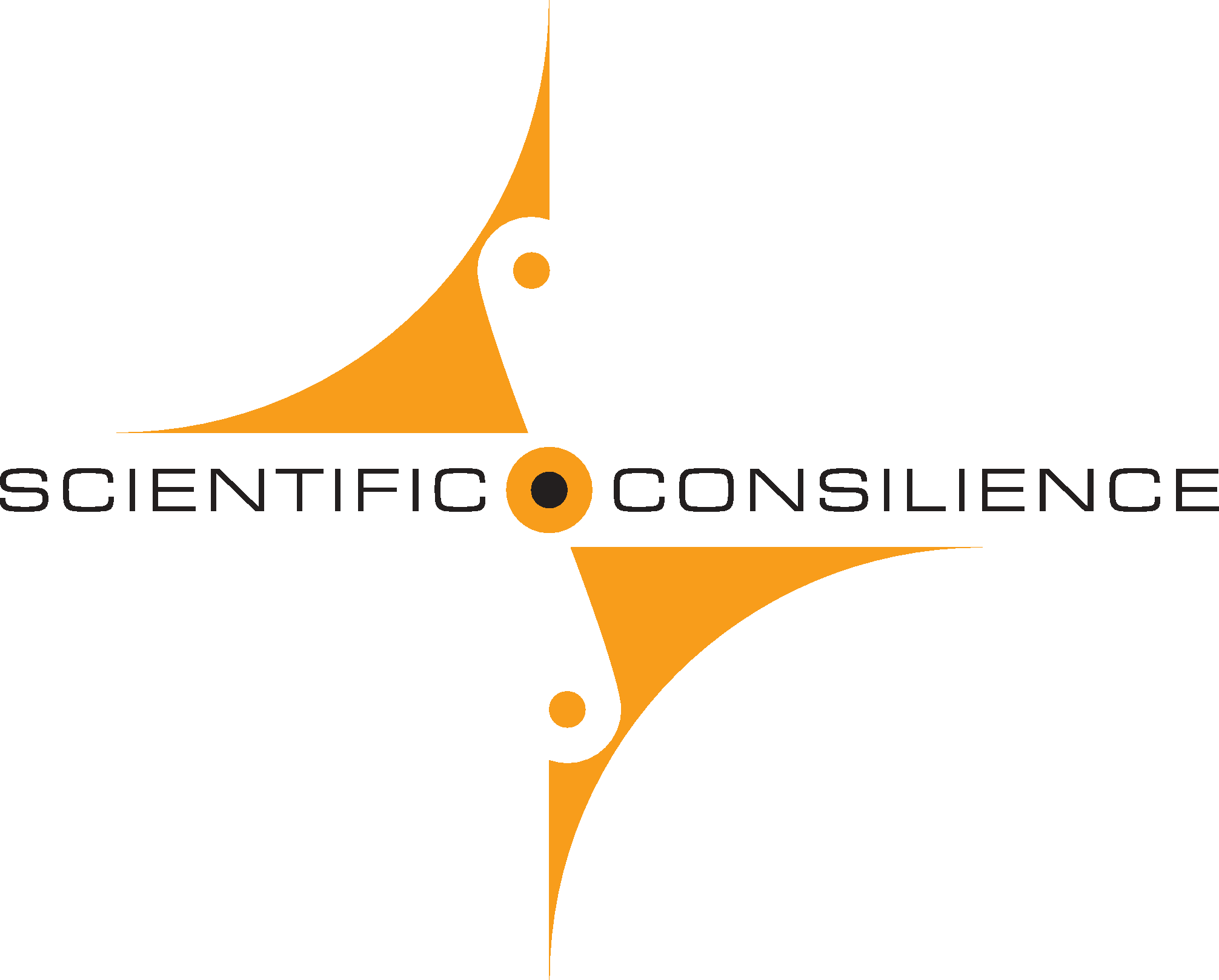 Consilience may be defined as linking the essential findings of different scientific disciplines in order to "create a common groundwork of explanation" [1]. A prominent example of consilience is the discovery of the mechanism of evolution: combining geographical exploration and natural history enabled Charles Darwin to formulate a theory of evolution [2]. However, because of the very nature of science such examples have become scarce in the last decades.
Consilience may be defined as linking the essential findings of different scientific disciplines in order to "create a common groundwork of explanation" [1]. A prominent example of consilience is the discovery of the mechanism of evolution: combining geographical exploration and natural history enabled Charles Darwin to formulate a theory of evolution [2]. However, because of the very nature of science such examples have become scarce in the last decades.
Science is a tool that is certainly not perfect, but it is nonetheless a very powerful tool [3]. Science is on-going and self-improving, in short it is constantly evolving. The increasing diversification of science has resulted in a plethora of detailed information. The drawback is that the plenitude of research directions and data frustrates efforts at becoming a universal genius and often prevents scientists from seeing the bigger picture. Moreover, the exchange of information between different scientific disciplines is hampered by a Babylonian confusion. Linking the fundamental findings of the various disciplines has become very difficult [1].
Scientific Consilience GmbH effectively bridges the gap between the scientific disciplines as well as between basic research and industry. We combine the recent findings from various branches of research to solve the specific problems of our customers.
[1] Wilson, E.O. (1998). Consilience : the unity of knowledge (1st Vintage Books ed.). New York: Vintage Books.
[2] Darwin, C. (1859). The Origin of Species. London: J. Murray.
[3] Sagan, C. (1985). Cosmos (1st Ballantine Books ed.). New York: Ballantine Books.
